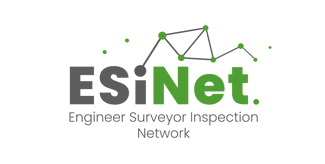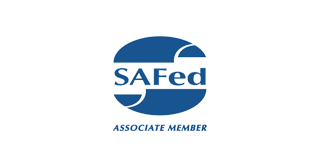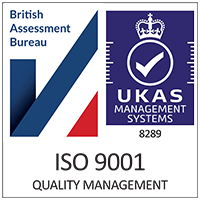If your business operates pressure systems, complying with the Pressure Systems Safety Regulations 2000 (PSSR) is a legal requirement — and one of the most critical elements of compliance is the Written Scheme of Examination (WSE). Yet many duty holders and site managers are unclear about what the WSE is, who is responsible for it, and why it’s so important.
In this article, we break down the purpose of the WSE, what it must include, and how to ensure your pressure systems are fully compliant and safe.
What Is a Written Scheme of Examination?
A Written Scheme of Examination is a legally required document under PSSR. It outlines the parts of a pressure system that must be examined by a competent person, the frequency of those examinations, and the safety precautions to be taken during the process.
Crucially, the WSE must be in place before the pressure system is used. Operating a pressure system without one is a breach of the regulations and could result in enforcement action or prosecution.
Who Is Responsible for the WSE?
The responsibility for ensuring a Written Scheme of Examination is in place lies with the owner or user of the pressure system — typically the employer or duty holder. However, the WSE itself must be drawn up or certified by a competent person with appropriate qualifications and experience.
Most businesses engage an independent inspection body or engineer surveyor, such as SIS Ltd, to develop and manage the WSE.
What Does the WSE Include?
The scheme must be specific to your pressure system and should cover:
-
Identification of the system and components to be examined
-
Nature and frequency of required examinations
-
Examination methods to be used
-
Conditions for safe examination (e.g. isolation, depressurisation)
-
Any special measures for high-risk parts of the system
-
Arrangements for recording and reviewing examination results
It may also reference supporting documents, such as system diagrams, operating instructions, or maintenance records.
Why Is the WSE So Important?
The Written Scheme of Examination serves several critical purposes:
-
It ensures systematic, consistent inspections of pressure equipment
-
It helps identify defects before they become dangerous
-
It provides a legal defence in the event of an incident or investigation
-
It protects employees and the public from potential harm
-
It supports your business in meeting insurance and audit requirements
Without a valid WSE, even well-maintained equipment may be deemed non-compliant.
Common Mistakes to Avoid
Businesses often fall short on WSE compliance due to:
-
Using a generic or outdated scheme not tailored to the current system
-
Failing to review the WSE after modifications or equipment upgrades
-
Not following the inspection intervals specified in the scheme
-
Losing track of responsibilities when equipment is hired or relocated
Regular reviews and good documentation help avoid these pitfalls.
How Often Should the WSE Be Reviewed?
The WSE should be:
-
Reviewed when the system is modified, relocated, or repaired
-
Updated if the use of the system changes significantly
-
Revisited following incidents, near misses, or new risk assessments
-
Regularly checked for relevance during scheduled inspections
Keeping the WSE up to date is a vital part of maintaining compliance.
Final Thoughts
The Written Scheme of Examination is not just paperwork — it’s a critical safety document that helps prevent pressure-related accidents and keeps your business legally compliant. If you’re unsure whether your WSE is valid, current, or complete, now is the time to review it.
At SIS Ltd, our experienced engineer surveyors provide expert support in developing and maintaining WSEs in accordance with PSSR. We help businesses understand their responsibilities and ensure that pressure systems remain safe and compliant.











